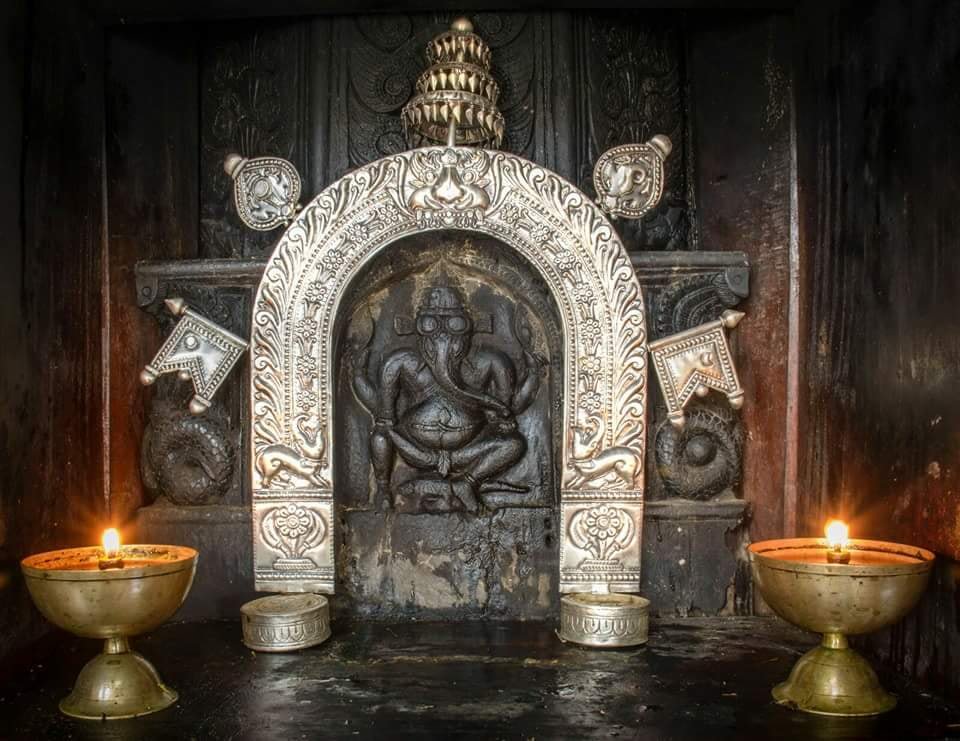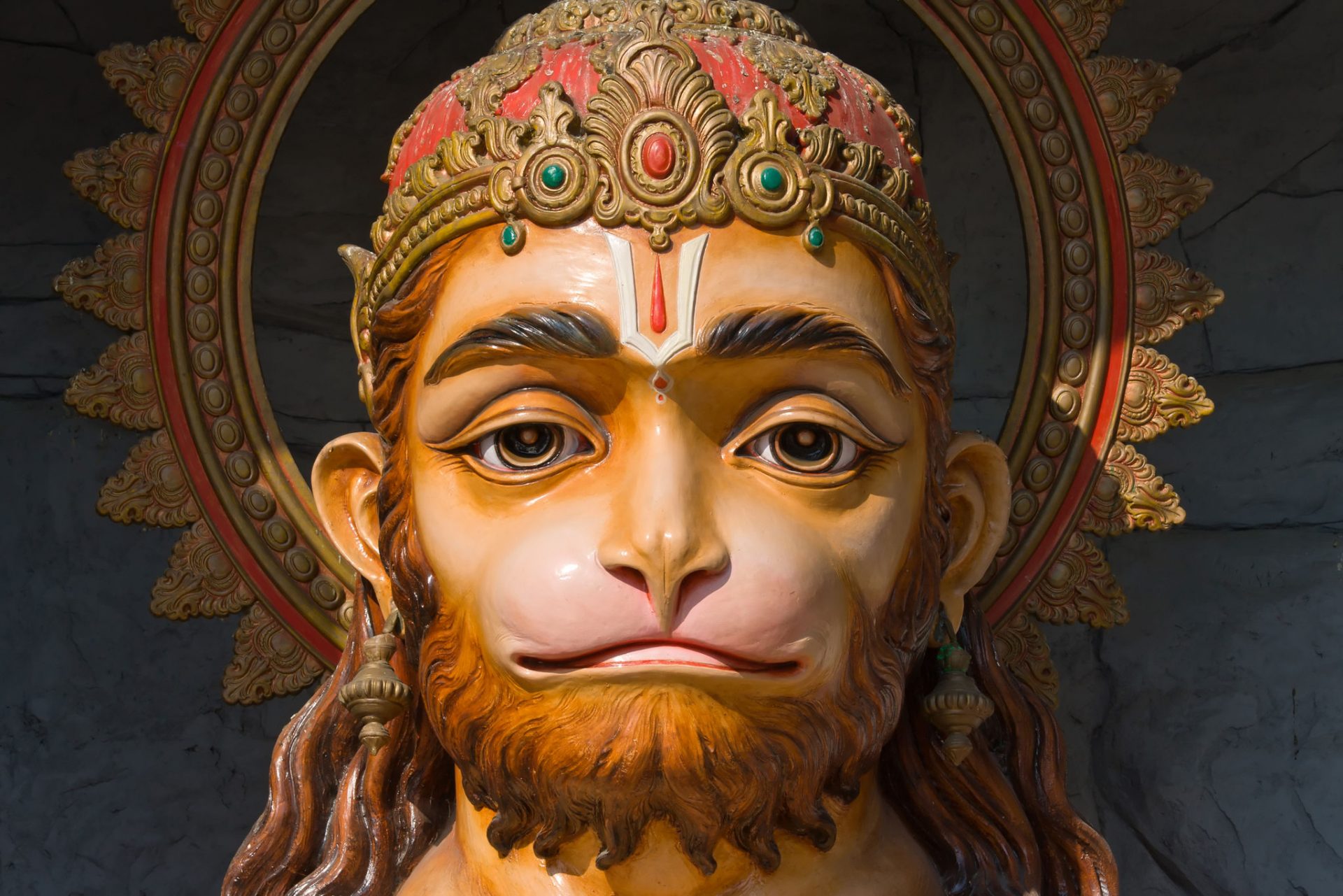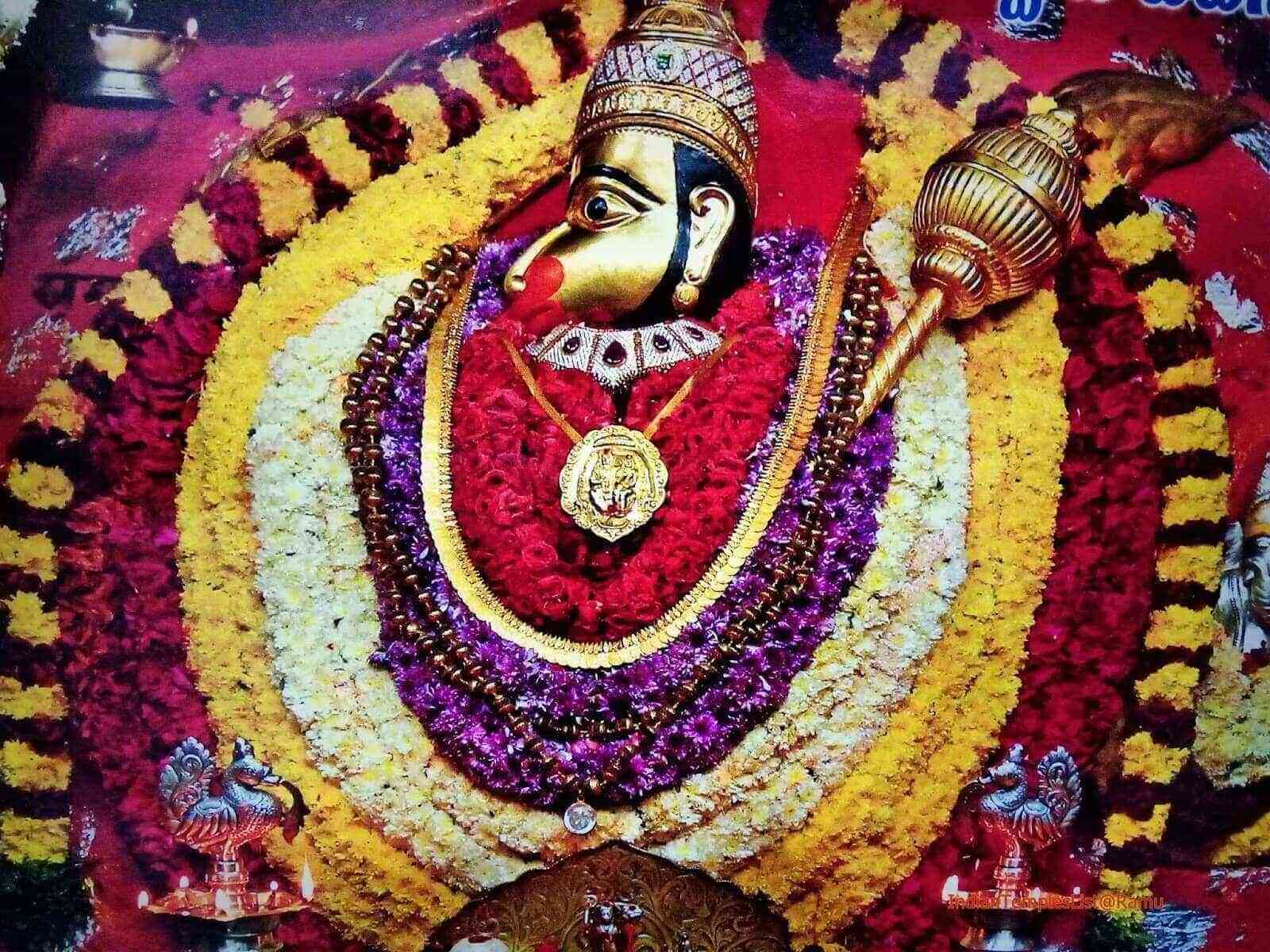In the vibrant mosaic of Hindu worship, each color and ritual carries a profound story and significance. Among these, sindoor, a red paste, stands out not only as a symbol of marital fidelity among women but also plays a crucial role in the worship of certain deities. Traditionally, as per the several epics and stories, Only two gods will be having sindoor applied for their worship as part of the rituals. Let us know who they are and understand the divine and spiritual insights.
Ganesha/Ganpati
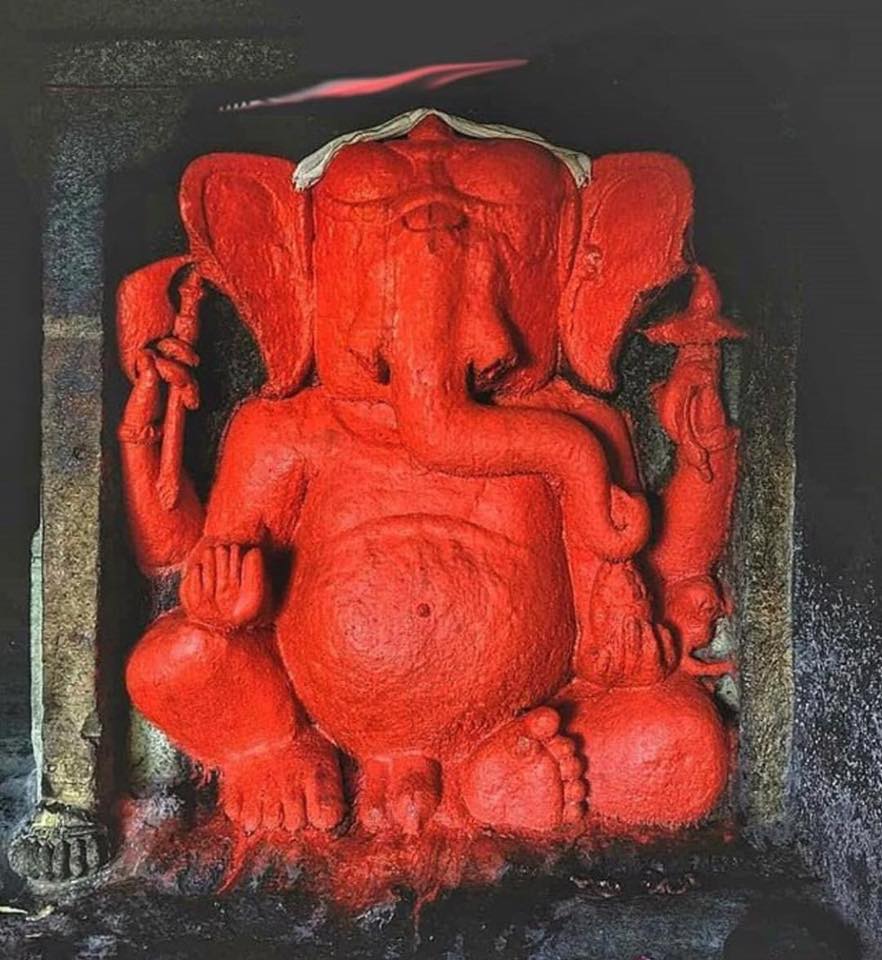
Among the array of Hindu gods, Ganesha, the remover of obstacles, holds a special place. Unique to the Ashta Vinayak temples of Maharashtra, each self-manifested murti of Ganesha is anointed with sindoor. But why is sindoor, typically associated with married women, used in the worship of Ganesha?
The answer lies in the legends of Ganesha in these temples, where he is depicted in his most fierce form, having incarnated to slay demons. The sindoor marks his bravery and his active energy, tying him to the Rajas guna – the quality associated with dynamism and action. It’s a reminder that in moments of challenge, like Ganesha, we too can summon strength and resilience.
In the mornings, traditional ritualistic Ganpati devotees, used to hymn this Ganesha Pratah Smarana Stotram where it mentioned about sindoor applied during worship,
prātaḥ smarāmi gaṇanāthamanāthabandhuṁ
sindūrapūrapariśōbhitagaṇḍayugmam |
uddaṇḍavighnaparikhaṇḍanacaṇḍadaṇḍaṁ
ākhaṇḍalādisuranāyakabr̥ndavandyam ||
प्रातः स्मरामि गणनाथमनाथबन्धुं
सिंदूरपूरपरिशोभित गण्डयुग्मम् ।
उद्दण्डविघ्नपरिखण्डनचण्डदण्डं
आखण्डलादि सुरनायक वृन्दवन्द्यम् ॥
Rama Bhakta Hanuman ji
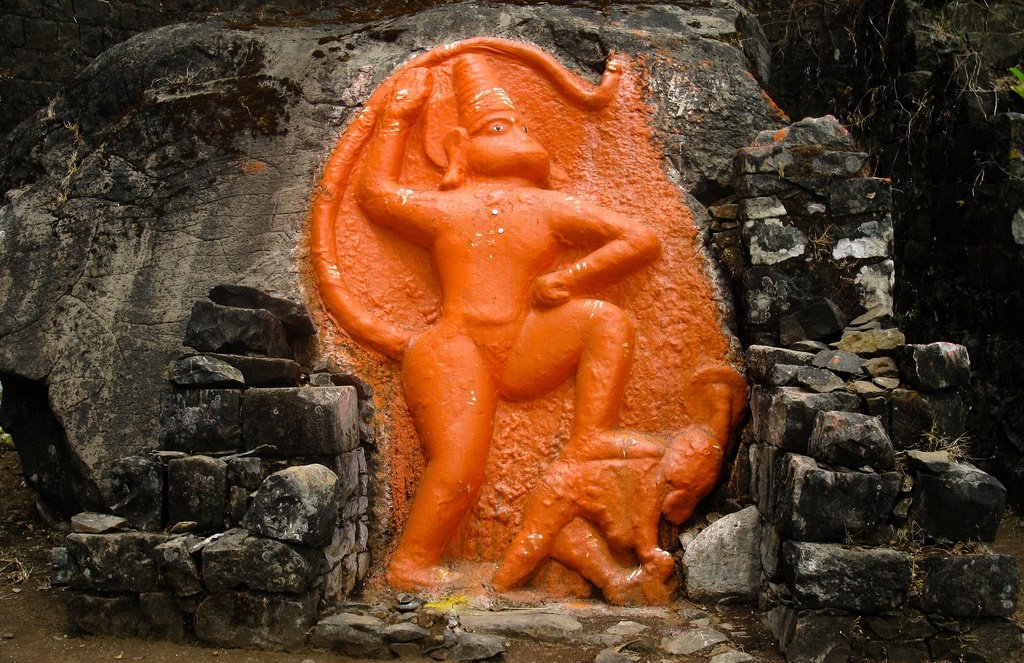
Another deity closely associated with sindoor is Hanuman, particularly in his form as Veeranjaneya. The tradition of covering Hanuman’s murti in sindoor stems from a touching story of his devotion. Observing Sita maa applying sindoor for the longevity and safety of her husband, Bhagawan Rama, Hanuman, ever devoted, smeared his entire body with sindoor to ensure Rama’s immortality. Touched by this gesture, Rama blessed him, declaring that those who worship Hanuman with sindoor would see their difficulties resolved.
Sindoor thus transcends its role as a mere cosmetic element in these contexts. In the worship of Ganesha and Hanuman, it becomes a medium through which devotees connect with the divine, symbolizing bravery, protection, and the power of devotion. It marks not just the figures of worship but also represents the qualities we aspire to embody – strength, protection, and unwavering faith.
In these stories and rituals, we find lessons that resonate beyond the temple walls. Sindoor’s use in these traditions is a vivid reminder of the profound connections between divine stories and daily rituals, teaching us about the enduring power of faith and devotion.
From the temples dotting the landscapes of Maharashtra to the households that hold Hanuman in reverence, the tradition of using sindoor in worship continues to be a vital part of religious ceremonies, respected as much today as it was centuries ago.
In the narrative of Hindu worship, the use of sindoor is not merely an offering but a declaration of the values held dear—a vibrant red line connecting the past with the present, the divine with the everyday. Each application is a prayer, each mark a recommitment to the virtues it represents, continuing a legacy that is as colorful and enduring as the powder itself.

